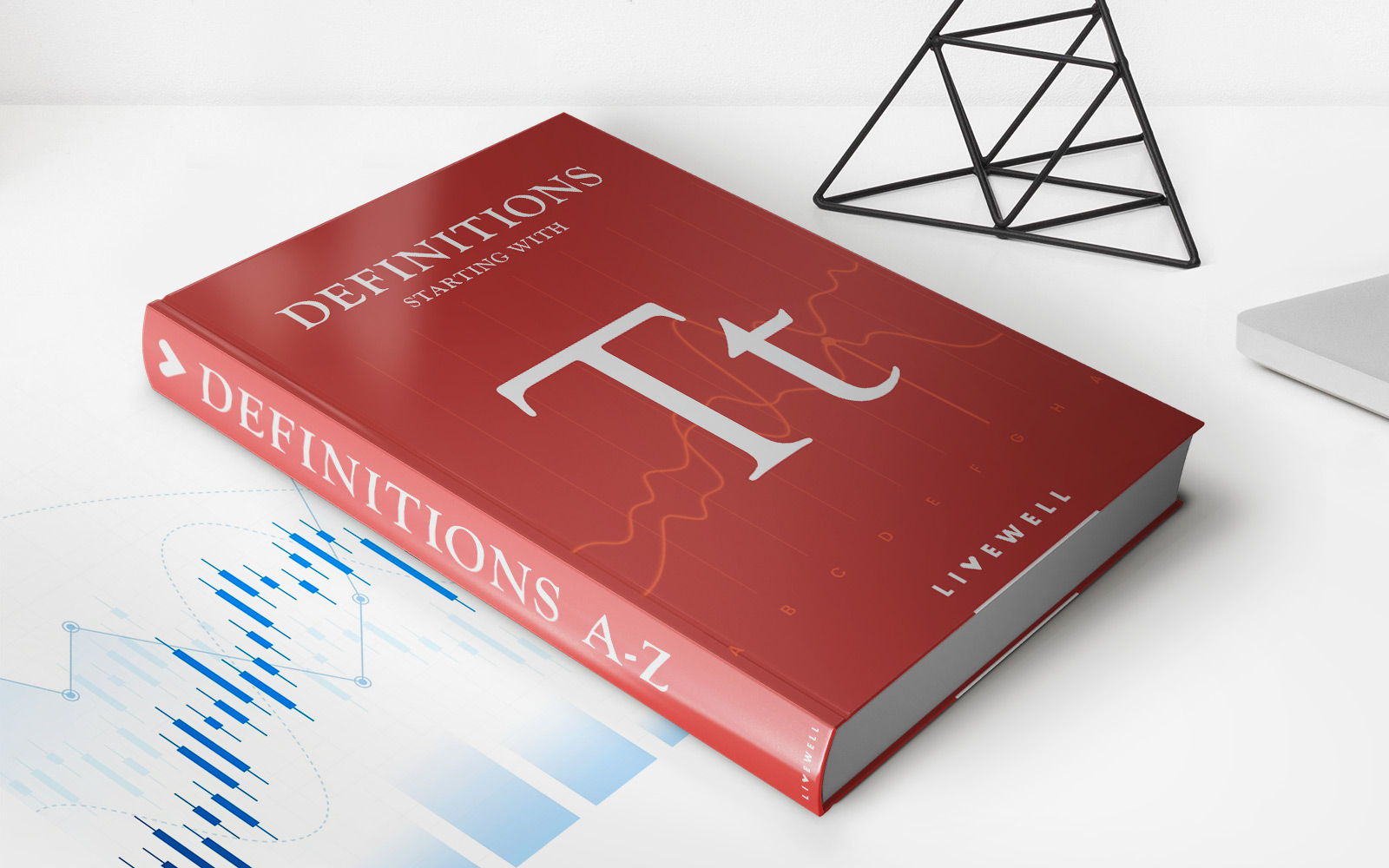Home>Finance>Trademark Definition, What It Protects, Symbols, Example


Finance
Trademark Definition, What It Protects, Symbols, Example
Published: February 10, 2024
Learn the meaning of trademark in finance, what it protects, and the symbols associated with it. Get a clear example of trademark in the finance industry.
(Many of the links in this article redirect to a specific reviewed product. Your purchase of these products through affiliate links helps to generate commission for LiveWell, at no extra cost. Learn more)
Understanding Trademarks: Definition, Protection, Symbols, and Examples
Finance is a vast field, encompassing various sectors and industries. One important aspect of finance that often gets overlooked is trademarks. Trademarks play a crucial role in protecting a company’s brand identity and ensuring its distinctive features are recognized by consumers. In this blog post, we will delve into the world of trademarks and provide an in-depth understanding of their definition, what they protect, symbols associated with trademarks, and share some examples to illustrate their significance.
Key Takeaways:
- A trademark is a legal term that refers to a recognizable symbol, word, phrase, or design used to identify and distinguish a company’s products or services from others in the market.
- Trademarks protect the intellectual property rights of a business, preventing others from using similar marks that may lead to consumer confusion.
What is a Trademark?
A trademark, in the context of finance, is a distinctive symbol, word, phrase, or design that allows consumers to recognize and differentiate a company’s products or services from those of its competitors. It serves as an identifier for the origin of goods and helps build brand recognition and loyalty. By registering a trademark, a business gains exclusive rights to use the mark and can take legal action against any unauthorized use by others.
What Does a Trademark Protect?
A trademark protects the intellectual property rights of a company by preventing others from using similar marks that may lead to confusion among consumers. It safeguards the company’s brand value and reputation in the marketplace, ensuring that customers can easily identify and trust its products or services.
Trademarks can protect various elements, including:
- Brand names and logos
- Slogans and taglines
- Product names and packaging
- Unique sounds, smells, and colors associated with a brand
Trademark Symbols
Trademark symbols are graphic elements used alongside a trademark to indicate its protected status. The most commonly recognized trademark symbols are:
™ (Trademark symbol): This symbol is used to indicate that a word, phrase, or design is being used as a trademark, even if it is not officially registered. It alerts others that the mark is claimed as a source identifier.
® (Registered trademark symbol): This symbol is reserved for trademarks that have been officially registered with the appropriate government agency. It provides stronger legal protection and acts as a deterrent against potential infringers.
SM (Service mark symbol): This symbol is used specifically for marks that distinguish services rather than products. It serves a similar purpose to the trademark symbol but applies to services instead.
Examples of Trademarks
Let’s take a look at some well-known trademarks to understand their significance:
- Coca-Cola: The iconic script logo of Coca-Cola and the distinct red and white colors instantly signify the brand, making it one of the most recognizable trademarks globally.
- Apple: The bitten apple logo is synonymous with technology innovation and elegance, representing Apple’s commitment to groundbreaking products.
- McDonald’s: The golden arches instantly bring to mind the world’s largest fast-food chain, making it an excellent example of a visual trademark that has become an integral part of McDonald’s brand identity.
These examples highlight the power of trademarks in creating lasting brand impressions and fostering instant recognition among consumers.
Conclusion
Trademarks are vital for businesses in finance and other sectors, as they protect brand identities and ensure consumer recognition. By understanding the definition of trademarks, what they protect, and the symbols associated with them, businesses can strategically leverage trademarks to build a strong brand presence and establish themselves as leaders in their respective industries.
So, the next time you think about finance, don’t forget the crucial role trademarks play in shaping our favorite brands!














